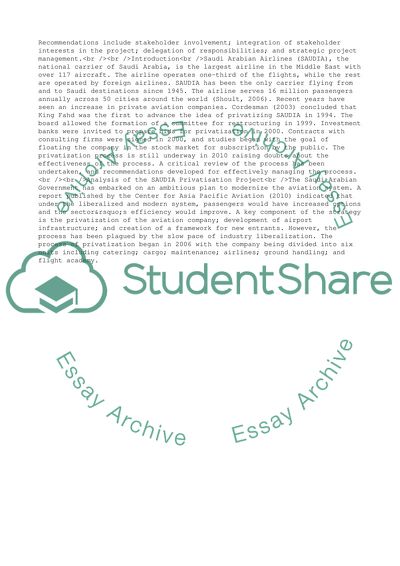Cite this document
(Saudi Arabian Aviation Process Management Case Study, n.d.)
Saudi Arabian Aviation Process Management Case Study. Retrieved from https://studentshare.org/management/1573508-project-management-module-there-are-many-projects-known-to-the-public-which-have-received-attention-by-the-media-because-of-their-perceived-failures
Saudi Arabian Aviation Process Management Case Study. Retrieved from https://studentshare.org/management/1573508-project-management-module-there-are-many-projects-known-to-the-public-which-have-received-attention-by-the-media-because-of-their-perceived-failures
(Saudi Arabian Aviation Process Management Case Study)
Saudi Arabian Aviation Process Management Case Study. https://studentshare.org/management/1573508-project-management-module-there-are-many-projects-known-to-the-public-which-have-received-attention-by-the-media-because-of-their-perceived-failures.
Saudi Arabian Aviation Process Management Case Study. https://studentshare.org/management/1573508-project-management-module-there-are-many-projects-known-to-the-public-which-have-received-attention-by-the-media-because-of-their-perceived-failures.
“Saudi Arabian Aviation Process Management Case Study”. https://studentshare.org/management/1573508-project-management-module-there-are-many-projects-known-to-the-public-which-have-received-attention-by-the-media-because-of-their-perceived-failures.


